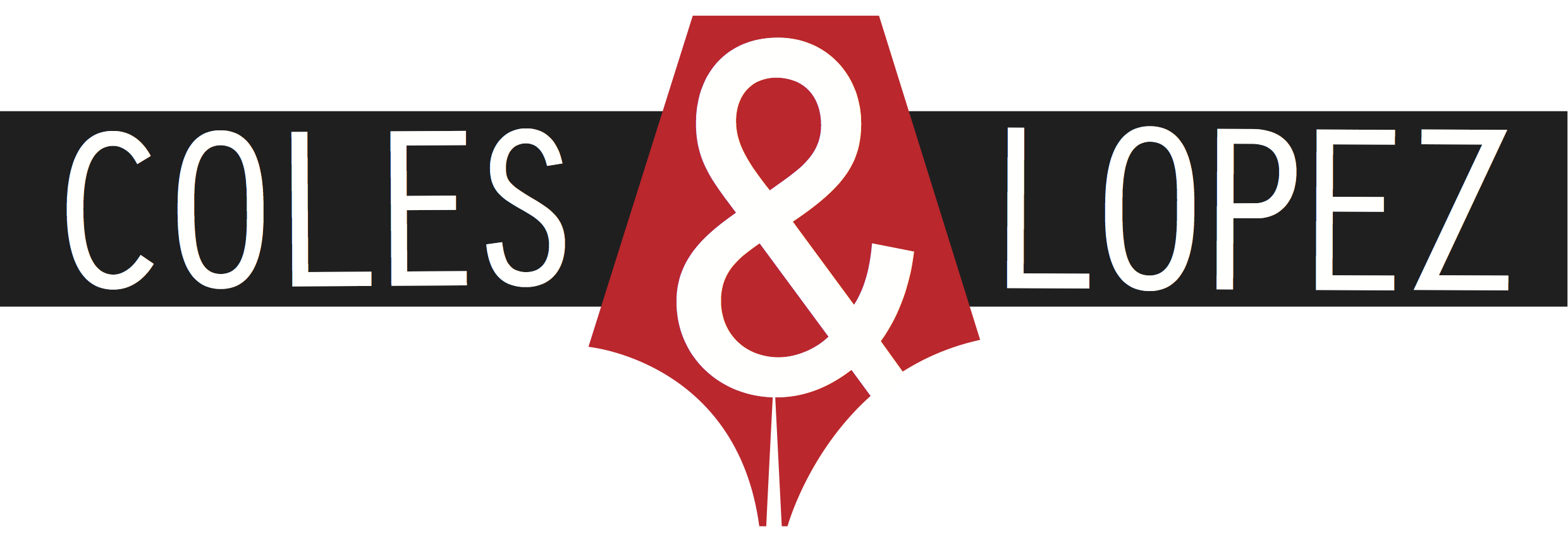Same old, same old
Call me lazy, but I’m going to let the Oxford English Dictionary do the heavy lifting today.
cliché [NOUN] A phrase or opinion that is overused and betrays a lack of original thought.
clichéd [ADJECTIVE] Showing a lack of originality; based on frequently repeated phrases or opinions.
That's right – “cliché” is a noun and “clichéd” is an adjective. But a lot of people like to use “cliché” for both, as in, “Ugh, that movie was so cliché.”
Why is this such a common mistake? Probably because we’re all too clever for our own good. We can tell “cliché” is a French word. We know French words never end with “-éd”. We also know French adjectives often end in “é” (blasé, passé, risqué). So we conclude that “cliché” is the correct form – the one a sophisticated French person would use.
This is wrong, and not just because the OED says so. While “cliché” is a French word, it doesn’t mean the same thing in French as it does in English. In French, a cliché is plate of moulded metal used by printers to transfer words onto pages:
When the cliché was invented in the 18th century, it was a big deal, because it allowed printers to reproduce the same sheet of type over and over again without manually moving the letters around. In English, we started using the word to mean any idea or expression that was used too often. And, eventually, we turned it into an adjective in a typical English way: by adding “-d”. In French, though, the word “cliché” never assumed that new meaning – it remained a humble noun with no adjective form at all. So the argument that “cliché” is the correct French adjective is well and truly faux.
One more interesting point: in English, the printer’s cliché is called a “stereotype” – and, as we all know, that word has come to have a new meaning of its own, which is very similar to that of “cliché”.

